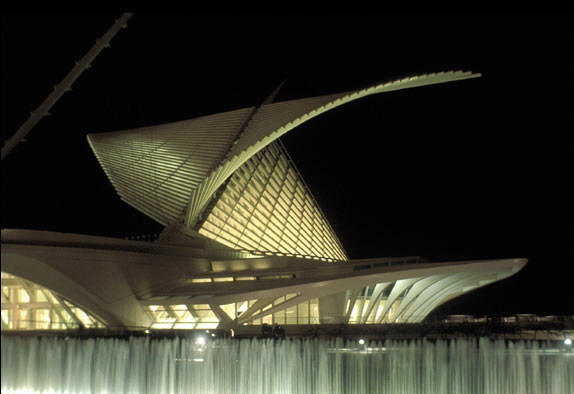Stone Works
In the garden, inscriptions and tombstones in kufi, Zulus and Nezih calligraphy are exhibited. In the southern and northern sections, female and male tombstones in the Ottoman tradition of the 17th Century are also shown plain, headed coin, Mecidiye type stones and stones with crowns shaped as a fez, turban, or in the baroque style. Tombstones some prominent figures such as the governor of Adana, Süleyman Paşazade Ahmet Pasha, the local administrator of the Karaisalı, Hasan Fevzi Bey, the Military Governor of Adana, Miratizade İbrahim Bey, the treasurer of Adana, Mustafa Bey of Sophia, the Chief Forest Inspector Akif Efendi can be found at the library.
In the western section of inscriptions from the Turkish-Islamic works are on display. The most prominent examples among them are the restoration of the inscriptions Misis Inn, Adana Governor's office, Bahripaşa Fountain, Taşköprü, Misis Bridge and the Ottoman State Seal.
Ethnographic works
The etnograhical works that are exhibited in various display cases;
* 1 Rough leather sole, holy water (Zemzem) set, copper coffee urn, wooden coffee grinders, braziers, bridal clogs, hedik, hand protection (kirkit) kirkit bellows, bags measure, sun
* 2 Instruments - Ney, reed flute (kaval), tribal zurnas
* 3 Gold earrings, necklaces and bracelets
* 4 Silver belts and belt buckles
* 5 Chains and pearls with silver charm worries
* 6 Silver anklets, rings, head (Tepel) and bracelet, cigarette holder, cabbage field, and watch with chain
* 7 Bowed musical instruments (kabak Kemane, Tambur, kemençe)
* 8 Sword and Shield
* 9 Short jacket with sleeves (cepken) woman's dress with gold embroidery woven gold women garment displayed on a mannequin
* 10 Clothing - two bindallı and mannequins displayed cepken
Weaving (Istar) Section
Handlooms and weaving instruments and tools (loom, shuttle kirkit, bowspinning wheel ılkıdır kirmes, çıkrık) and kilim samples on the wall.Nomad (Yörük) tent
The tent is a black horse-hair tent. Inside the tent there are dowry bags, felt and rugs on the floor, wall, pillows, a lamp, a partridge cage, a Hizman, a pistol and a gun powder case. Outside the tent a leather sole (çarık), a wooden cup of water, a stone mortar, a barrel of butter and a spoon case. On the left side of the tent, a nomad girl with a butter churn, a hand mill, and a kilim on the wall with a ram horn motif.Oriental Room
In the middle is a brazier and a fully dressed mannequin girls nomad. On the wall there is a deer skin and a copper tray with inscriptions.
* No. 1-Cases 2-3: Gold-plated lithographic and Koran, and samples of "guz"
* Case No. 4: sword, knife, and samples
* Case No. 5: Black powder cannons and gunpowder-filled cases
* Case No. 6: flintlock pistols
* Wall No.7 case: Sword and Shield
* Case No. 8: towels and purses with silver-gilt thread wave
* Case No. 9: Frequently used garments of the nomadic tribe women
Panels
Samples of hand woven material from the nomadic tribes living in the Taurus Mountains, including rugs from various styles such as cicim, zili, sumak, ilikli and plain weaves, carpet, saddle bags, prayer rugs and pillows. It is also felt prayer rugs and dowry bags.

No comments:
Post a Comment